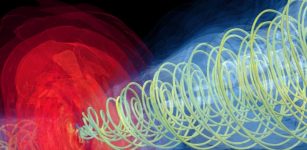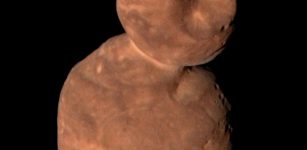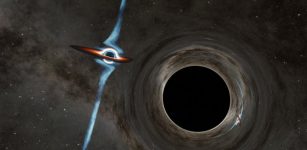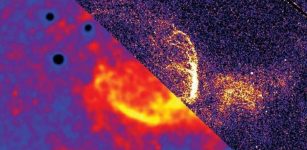Haumea: Peculiar Dwarf Planet And First Trans-Neptunian Object With A Ring
MessageToEagle.com – Haumea is considered the most peculiar of Pluto companions. The planet – one of the four known trans-Neptunian dwarf planets, discovered in 2003 – is a very elongated and rapidly rotating body located at the ends of the Solar System.
The region is also home to three other icy and rocky dwarf planets: Pluto, Eris, Makemake.
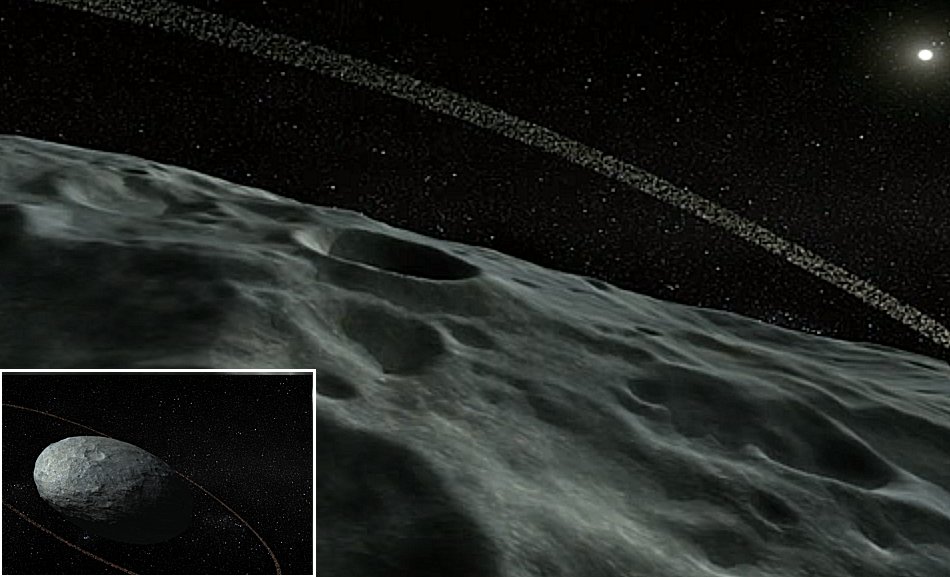
“We predicted that Haumea would pass in front of a star on the 21st of January 2017, and twelve telescopes from ten different European observatories converged on the phenomenon,” says José Luis Ortiz, researcher at the Institute of Astrophysics of Andalusia (IAA-CSIC) in charge of the study.
“This deployment of technical means allowed us to reconstruct with a very high precision the shape and size of dwarf planet Haumea, and discover to our surprise that it is considerably bigger and less reflecting than was previously believed. It is also much less dense than previously thought, which answered questions that had been pending about the object.”
The planet’s rotational speed causes it to flatten out, giving it an ellipsoid shape similar to a rugby ball.
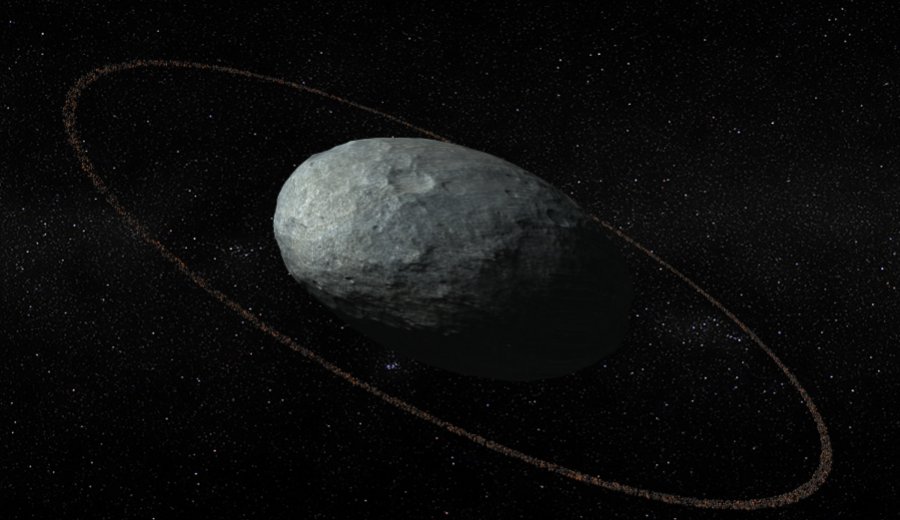
Very interesting feature of Haumea is its massive ring located at a distance of 2287 kilometers from the center of the main body and is darker than the surface of the dwarf planet itself.
There are rings around giant planets in our Solar System but for the first time a ring was detected around a trans-Neptunian object.
“There are different possible explanations for the formation of the ring; it may have originated in a collision with another object, or in the dispersal of surface material due to the planet’s high rotational speed,” says Ortiz (IAA-CSIC).
Astronomers believe that the presence of rings could be much more common than was previously thought, in our Solar System as well as in other planetary systems.
MessageToEagle.com
Expand for references



